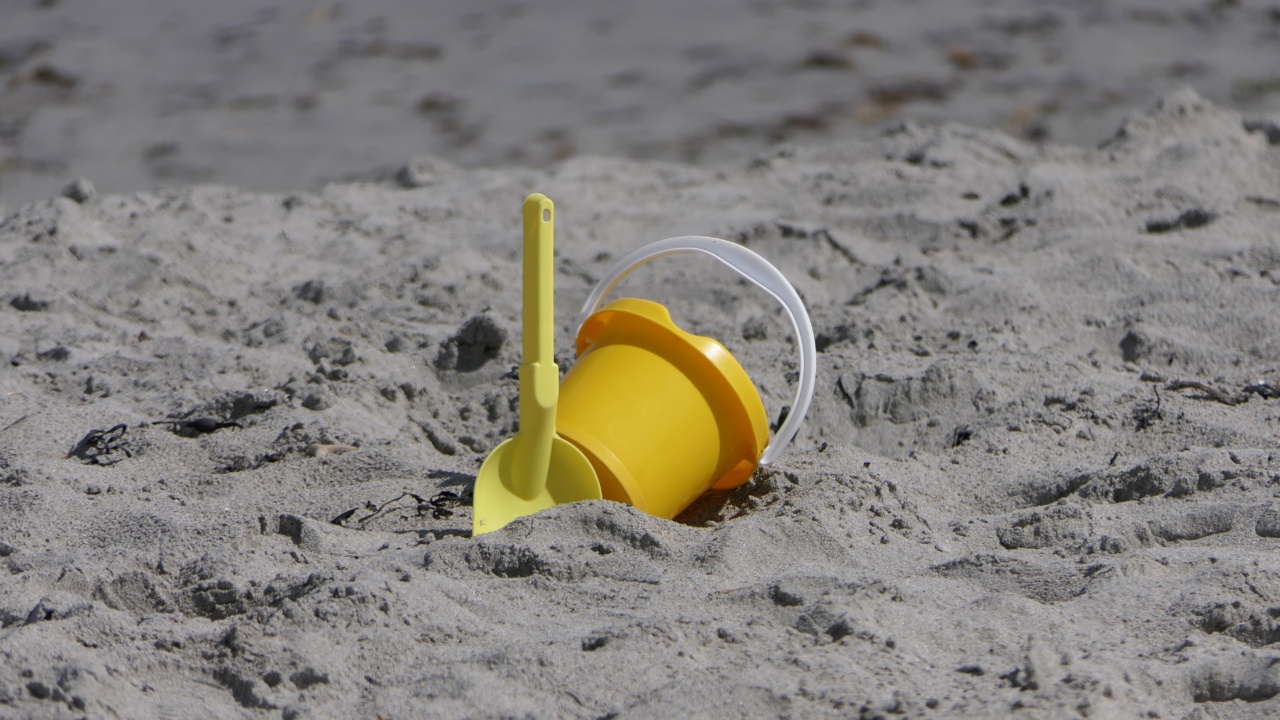Otitis infections, also known as ear infections, are common among children, especially those in the age group of 6 months to 3 years. These infections can cause discomfort and pain to your child, leading to sleepless nights and irritability.
Fortunately, there are several measures you can take to prevent otitis infections in your child. By following these simple tips, you can ensure your child’s ears stay healthy and infection-free.
1. Practice Good Hygiene
One of the vital steps in preventing otitis infections is practicing good hygiene. Teach your child to wash their hands regularly, especially before and after meals, after using the restroom, and when they come home from outside.
Good hand hygiene can prevent the spread of germs and reduce the risk of infections.
2. Breastfeed Your Baby
Exclusive breastfeeding for the first six months of your baby’s life offers various health benefits, including a reduced risk of ear infections.
Breast milk contains antibodies that help strengthen your child’s immune system, making them less susceptible to infections.
3. Avoid Exposure to Secondhand Smoke
Secondhand smoke is a known irritant to the respiratory system and can increase the chances of developing ear infections. Protect your child by ensuring they are not exposed to smoke.
If someone in the household smokes, encourage them to do so outside or in a designated area away from the child.
4. Keep Vaccinations Up to Date
Regular vaccinations not only protect children from specific diseases but can also reduce the risk of complications such as ear infections.
Make sure your child’s immunizations are up to date according to the recommended schedule provided by your healthcare provider.
5. Avoid Allergens
Allergens like pollen, dust mites, pet dander, and mold can trigger allergic reactions that can lead to ear infections.
To minimize exposure, keep your home clean and dust-free, invest in air purifiers, avoid areas with high pollen counts, and restrict contact with pets if your child exhibits allergies.
6. Practice Proper Bottle Feeding Techniques
If you bottle-feed your baby, it’s important to follow proper feeding techniques. Avoid propping the bottle, as this can cause milk or formula to flow into the middle ear, increasing the risk of infection.
Hold your baby during feeding and never let them lie down with a bottle.
7. Keep Swimmer’s Ear at Bay
Swimmer’s ear is a type of ear infection that occurs due to water remaining in the ear. To prevent this, make sure your child’s ears are thoroughly dry after swimming or bathing.
Use a soft towel or a hairdryer on the lowest setting to gently dry the outer area of the ear.
8. Teach Good Nasal Hygiene
Proper nasal hygiene is crucial in preventing ear infections. Teach your child to blow their nose gently and avoid sniffing forcefully, as this can push mucus into the ear passages.
If your child is unable to blow their nose correctly, use a nasal aspirator to clear any blockages.
9. Keep Your Child Away from Sick Individuals
Ear infections are often caused by viral or bacterial infections, which can easily spread from person to person. If you know someone who is sick, limit your child’s exposure to them until they are no longer contagious.
Encourage your child to avoid close contact with individuals who have colds, flu, or respiratory infections.
10. Regularly Clean and Disinfect Toys
Toys often harbor germs and bacteria, which can lead to infections in children. Clean and disinfect your child’s toys regularly using child-safe cleaning products.
Pay close attention to toys that frequently come into contact with your child’s mouth, ears, or nose.




























